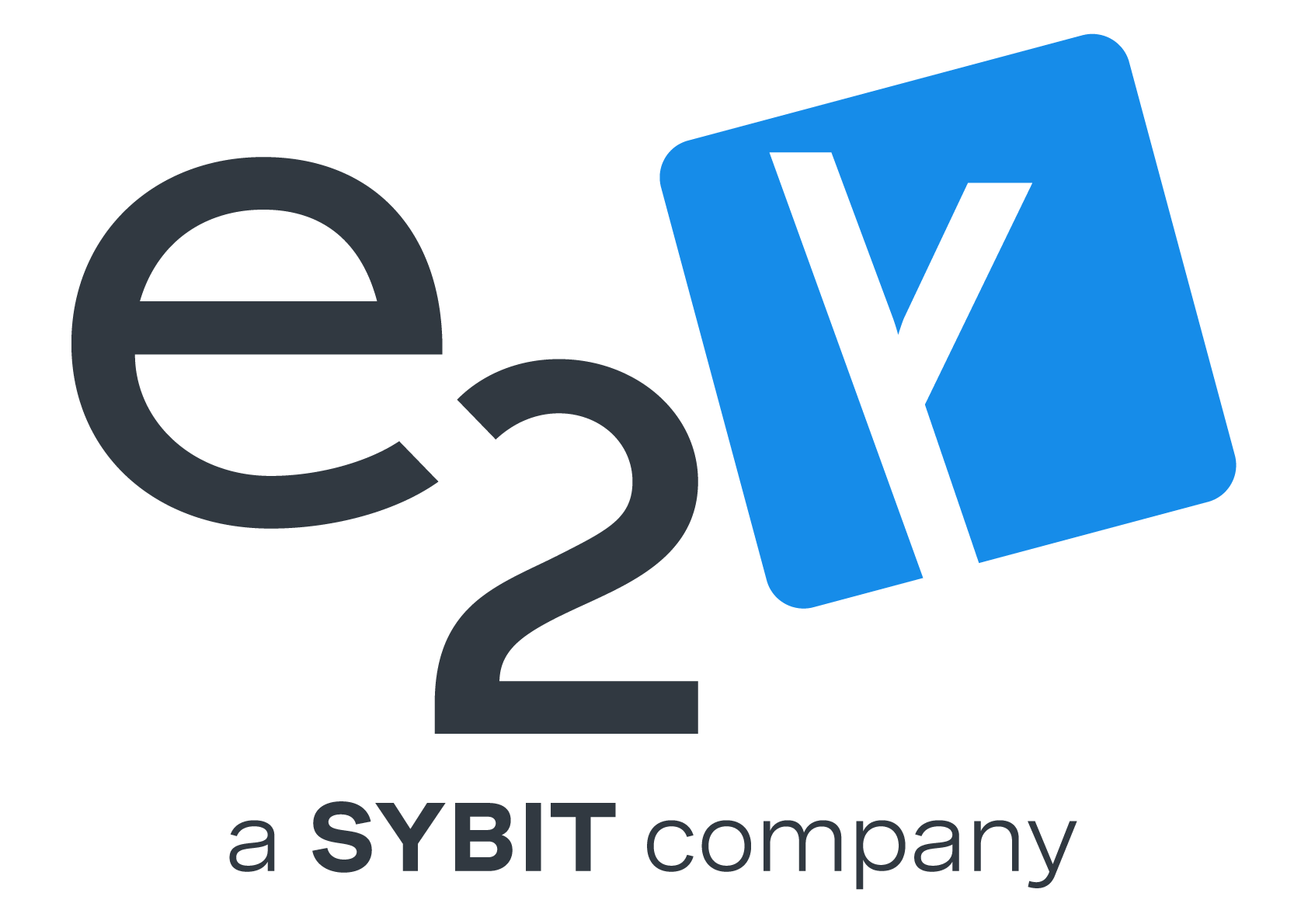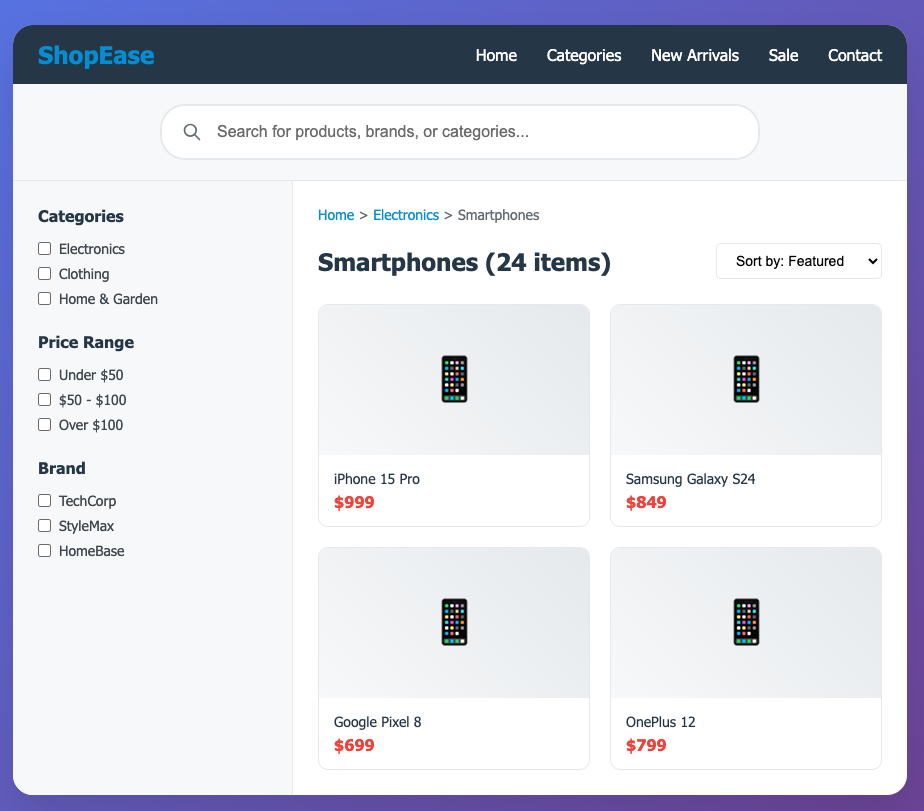Customer needs and market trends are evolving rapidly. Ecommerce businesses must remain agile, responding quickly to these changes to remain competitive. One strategic approach to navigating these shifts is through product expansion.
Product expansion is the process of adding new products or features to an existing product range. This includes developing new products that complement current offerings, entering new markets with existing products or updating the features of existing products.
However, product expansion isn’t just about adding more and more inventory to your catalogue. It requires significant investment in research and development, in-depth knowledge of target market(s), and strategic planning. When done well, product expansion can increase sales, boost customer satisfaction and create new opportunities for business growth.
In this article, we explore the benefits of product expansion and how a marketplace model can facilitate that.
The Business Impact of Expanding Your Product Offerings Successfully
Increased sales and market share:
Expanding your product range delivers one of the most significant benefits: increased revenue and market share. With product range expansion and diversification, your ecommerce business gains access to new markets and verticals while attracting new customers.
An expanded product range also creates more cross-selling and upselling opportunities, encouraging customers to purchase complementary items or upgrade to premium versions. Consider a customer adding a laptop from one seller to their cart. They may be offered discounted add-ons like a laptop case or an external mouse from other sellers on the marketplace platform. This one purchase now converts into a more profitable transaction, generating multiple revenue streams through effective cross-selling.
Risk reduction:
Offering a diverse product range reduces the reliance on any single product or category. If, for example, a product underperforms due to changes in demand or market shifts (which is inevitable), diversification acts as a safety net. With multiple revenue streams across different product ranges, your ecommerce business can remain resilient, even when a product (or two) faces lower demand.
Competitive advantage:
By providing customers with a diverse product portfolio, you can position your ecommerce business as a one-stop shop in your industry, allowing your company to stay competitive. If a customer can add multiple items to their cart from different categories in one transaction, it improves their online shopping experience, leading to increased customer satisfaction and often a higher average order value (AOV).
Additionally, depending on your product expansion strategy, by offering more niche products or entering neglected markets, you can set yourself apart from the competition.
Customer retention and loyalty:
Expanding your product range to meet changing customer demands can increase customer loyalty and retention. When you consistently provide customers with access to higher-quality products and more advanced features, they can trust that you’ll have what they need, when they want it.
Managing Complexity as You Diversify Your Product Portfolio
As you expand your product portfolio, it’s essential to verify that any new products or features deliver genuine value to your customers while avoiding overextension that could strain resources. This means finding the right balance between pursuing growth opportunities and keeping your customers satisfied. To support that, you must maintain quality and consistency across all categories, avoiding inefficiencies, customer confusion and unnecessary operational costs.
To avoid overextension, your ecommerce business needs to establish clear criteria for evaluating new products. This includes factors such as market demand, brand alignment, and operational feasibility. These standards help prevent your product range from becoming too complex to manage or confusing for customers to browse through. Customers value consistency, and adding unrelated products can weaken your brand identity and reduce customer trust.
How a marketplace model can help product expansion
Operating an ecommerce marketplace offers significant advantages that can drive growth, scalability, and operational efficiency. A digital marketplace:
- Supports scalability: Marketplaces enable rapid growth by adding new sellers and categories without the overhead or supply chain constraints.
- Improves operational efficiency: Since sellers manage their own inventory and fulfilment, marketplace owners reduce inventory risks and logistical complexities. This allows you to focus on other parts of your ecommerce platform.
- Expands market and global reach: A digital marketplace helps your business enter new regions by partnering with local sellers. Collaborating with local vendors makes it easier to access international markets while reducing risk and compliance challenges. It also extends your brand’s global reach, helping you connect with customers worldwide.
Our expertise in digital marketplaces has helped numerous clients achieve significant growth and operational efficiency. For example, brands like Coca-Cola HBC and Manor have successfully transitioned to a marketplace model with our solutions. Teknosa, another one of our clients, also moved to a marketplace model. During the first 18 months after deployment, they expanded their offerings to 14 new categories, increased their SKUs by 15% and boosted their NPS by 10%.
At e2y, we specialise in digital marketplaces, leveraging our expertise to empower ecommerce businesses to thrive. Together with our trusted partner Mirakl, we help you implement a marketplace that strengthens your business model and supports product expansion and growth.
Ready to see how a marketplace model can transform your product expansion strategy? Contact us to discover how our solutions can help your business achieve scalable growth.
Image designed by Freepik




